Bicycle Anatomy 101: Bikes Parts Explained
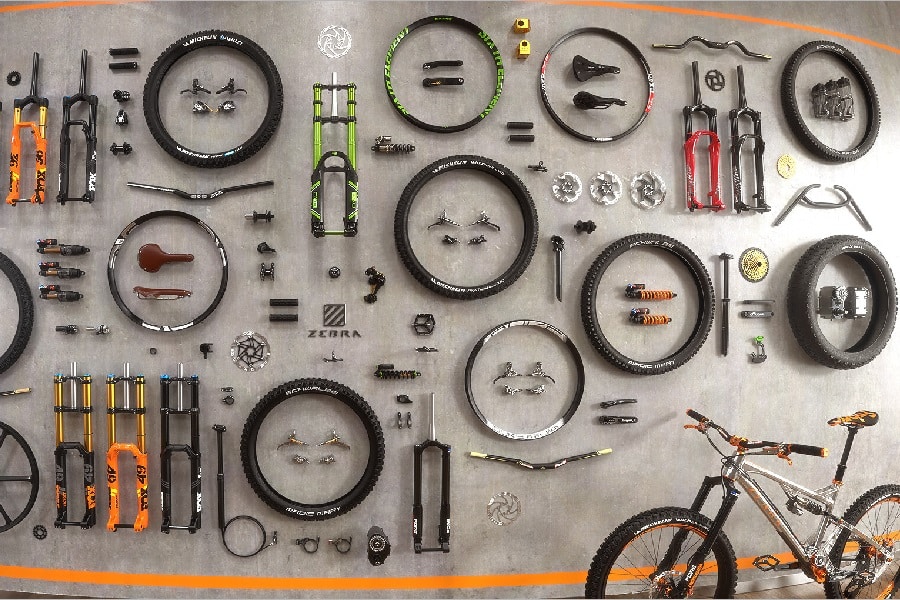
It’s always helpful and also interesting to know how things work. Bicycles are no exception.
Although all bicycles work in much the same way, they can tend to differ slightly, especially based on the materials used.
However, it is extremely beneficial to know how a bicycle functions when it comes time to fix your own.
All bicycles have key components that help them to function, and in the following article, we’ll take a look at the major parts of the most important bicycle parts, their function, and also discuss exactly how these different parts come together to make the bicycle as we know it, operate.
Bicycle Anatomy
The bicycle is not just an enjoyable and practical machine but a rather fascinating one at that.
However, lots of people never learn the actual names of the parts on their bikes and just point to the parts as soon as something goes wrong. However, irrespective of whether you are a bicycle expert or new to them, pointing is not always the most effective way to communicate.
In fact, it could actually be quite costly because you may find yourself walking out of a bike shop with something that you didn’t actually need or want, for that matter. In many cases, people walk into a bike shop and ask for a new wheel when, in fact, all that is needed is a new tire.
Not knowing the names of your bike parts and their function also presents a problem when you walk into a bike shop to purchase a bike or perhaps get a tune-up. You notice that the bike shop employees speak a different language. There’s lots of technical jargon in the world of bicycles, and simply knowing the basic part names can help clear the air and make you feel more confident about riding a bike.
This is why we’ve put together a list of bicycle anatomy parts where we’ll highlight the most essential as well as the optional parts of a bicycle, so you have a better understanding and, of course, a better idea of what you need in the future.
Essential bike parts
Chain
The chain or drive chain is basically a set of metal links that mesh with the sprockets on the gear and chain wheel in order to transmit the pedaling motion to the rear wheel.
Pedal
This is a part of the bike that the cyclist places their feet on. It’s attached to the crank, which is the part the rider rotates in order to spin the chain, which ultimately provides power to the bicycle.
Front derailleur
The front derailleur is a mechanism for changing the gears. It works by lifting the chain from one chain to another, thereby allowing the cyclist to adapt to the road conditions.
Chain stay
The chain stay is a tube that connects the rear wheel hub to the crank mechanism.
Rear brake
The rear brake mechanism is activated by a brake cable and comprises a caliper and return springs. Ultimately, this part is responsible for pressing a pair of brake pads against the side wheels to stop the bicycle when you need to.
Seat stay
The seat stay is a tube connecting the top of the seat tube with the rear wheel hub.
Seat tube
The seat tube is a part of the frame leaning slightly to the rear. It receives the seat post and joins the pedal mechanism.
Seat post
The seat post is a component that supports and attaches the seat. It is inserted to variable depth into the seat tube and enables the seat height to be adjusted.
Seat
The seat is a small triangular seat and, as the name suggests, is attached to the bicycle frame.
Crossbar
The crossbar is the horizontal part of the name which connects the head tube to the seat tube and ultimately is responsible for stabilizing the frame.
Down tube
This part connects the head tube to the pedal mechanism. It is also the longest and thickest tube of the frame, which ultimately gives the bicycle its rigidity.
Spoke
The spoke is the metal spindle that connects the hub to the rim.
Tire valve
The tire valve is a small clack valve sealing the inflation opening of the inner tube, thereby allowing air to enter inside and preventing it from escaping.
Tire
A bicycle tire is a tire that fits on the wheel of a bicycle or similar vehicle. The majority of bikes today have tires with tubes inside. These tubes are made of rubber and contain a valve for inflation purposes. They are also the ideal size to fit inside the tire. So basically, when inflating the tire, you are pumping air inside the tube present in the tire, which in turn fills the tire.
Hub
The hub is the essential part of the wheel from which spokes radiate. The inside of the hub contains ball bearings, which enable it to rotate around its axle.
Rim
The rim is a metal circle that consists of the wheel’s circumference on which the tires are mounted.
Fork
This part consists of two tubes connected to the head tube and is attached to each end of the front wheel hub.
Brake lever
The brake lever, which is attached to the handlebars, activates the brake caliper via a cable.
Front brake
The front brake is a mechanism that is activated by the brake cable and consists of a caliper and return springs. Ultimately, what it does is force a pair of brake pads against the side wheels to slow down the front wheel.
Head tube
This is a tube using ball bearings to transmit the steering movement to the fork.
Handlebars
The handlebar is a device made up of two handles that are connected by a tube for steering the bicycle.
Stem
The stem is height adjustable and is inserted into the head tube, and supports the handlebars.
Shifter
The shifter is a lever designed for changing gears via a cable moving the derailleur.
Brake cable
The brake cable is a sheathed steel cable that transmits the pressure exerted on the brake lever to the brake.
Cables
Cables basically run all along the bike frame. You can find them from the handlebars to the breaks and gears. Usually, they attach to the frame in order to avoid accidents.
By using the handlebar levers, you can implement brakes and change gears thanks to the network of cables running through the bike’s frame. Ultimately, all parts and pieces work together in perfect harmony to create a bike that functions seamlessly.
Optional bicycle parts
Reflector
This is a device that returns light toward its source so that other users on the road are able to see you while you are cycling.
Toe clip
The toe clip is a metal, plastic, or leather device that is attached to the pedals and covers the front of the feet. Therefore, it keeps the feet in the proper position and also increases pedaling power.
Fender
The fender is a piece of carved metal covering a part of the wheel to protect the user or cyclist from being splashed by water when cycling in rainy weather conditions.
Generator
The generator is a mechanism that is activated by the rear wheel. Ultimately, what it does is convert the motion of the wheels into electric energy in order to power the front and rear lights.
Rear light
The rear light is basically a red light that allows the cyclist to be visible in the dark.
Carrier
The carrier is also known as the rear rack and is a device attached to the back of the bicycle, allowing you to carry bags on either side and packages on top.
Water bottle clip
The water bottle clip is a support attached to the down or seat tube and allows you to carry a water bottle along for the ride.
Tire pump
The tire pump is a device that compresses air and is used to inflate the bicycle tire’s inner tube.
Headlight
The headlight is a lamp that illuminates the ground a few yards in front of the bicycle so that you are able to see what is in front of you as you are approaching.
Bar ends
The bar ends are angled extensions that attach to the ends of some flat handlebars or riser handlebars and provide an alternative place to rest your hands.
Bottom bracket
The bottom bracket is a collection of ball bearings and spindles housed within the bottom bracket of the frame. Ultimately, it offers the shaft mechanism on which the crank arms turn.
Braze-ons
These are threaded sockets that may or may not be present on the bike frame and offer additional space to attach accessories such as baskets, cargo racks, bottle cages, and fenders.
Cassette
This is a collection of gears that are attached to the rear wheel on most modern bicycles.
Cog
The cog is a single gear on a freewheel or cassette gear cluster or the single rear gear on a fixed-gear bike.
Cyclocomputer
The cyclo-computer is just a fancy word for an electronic Odometer or speedometer.
Dropouts
Dropouts are basically U-shaped notches at the end of the bike frame and at the bottom ends of the front cork legs. This is where the wheels are held in place. If you loosen the balls holding a wheel in place, the wheel basically drops out, and this is how the part gets its name.
Fork
The fork is basically a two-legged part of the frame that holds the front wheel in place. One part of the fork is the steerer tube that extends up into the frame from the steerer tube.
Nipple
The nipple is a small flanged nut that basically holds the spoke in place on the rim of the wheel. It’s usually made of aluminum; however, it can be made of steel on some older or low-end bikes. In most cases, they are made of carbon fiber on high-end racing bikes.
RELATED: How Do You Clean A Carbon Fiber Bike
Rim tape or strip
The rim tape or strip is basically a layer of material usually made of cloth, plastic, or rubber and is installed around the outside of the rim in order to prevent the ends of the spokes from puncturing the innertubes.
Bicycle parts
A bicycle contains many different parts. The major bicycle parts are the seat, frame, wheels, and handlebars. The helmet is also a key safety issue.
The wheel gives the bike its fundamental purpose, and that is why it is called a “bi” “cycle.” So “bi” means two, and “cycle” means to turn. A bicycle is made up of spokes, a hub, tires, rim, and tube. Each part of the wheel may need different material properties.
The frame is actually the bicycle’s core and what makes it a complete functional unit. The material selection is also crucial and ultimately determines the weight and strength of the bike. One of the major considerations of bikes is the frame design.
The components are what the bicycle industry refers to as moving mechanical parts, so basically, it is everything but the wheel, frame, seat, and handlebars. Some examples of bicycle components are the shifting levers, front derailleur, crank, rear derailleur, chain, and cassette.
A bicycle design is optimally determined by the purpose for which the bicycle is intended. But overall, bicycle requirements are, of course, speed, comfort, safety, and endurance. One of the key aspects that determine the bicycle’s speed is weight.
Conclusion
Because a bike is cheap doesn’t necessarily mean that it’s not good or that you can’t have a good time riding it.
In fact, a lot of the fundamentals have to do with how the bike is maintained and also put together. Knowing your bike anatomy can go a long way in helping you keep it for long years.
Ultimately, it boils down to how well it’s adjusted. So if you intend on building your own bike, which a lot of people prefer doing, you can take reasonably low-end parts and ensure that everything is fitted and adjusted correctly, and it may even work better than a high-end system that’s not well-adjusted.
Some expensive models offer more customization options when it comes to performance and fit, but without the proper research, knowledge, and help from someone who understands the technical side of bikes, you may not get your money’s worth.
So ultimately, it all boils down to making a good investment, building a good bicycle, and properly maintaining all the moving parts.

Steve Beck is a passionate cyclist and experienced writer covering the cycling industry for over a decade. He has a wealth of knowledge and expertise in all bike-related things, from the latest products and technologies to the best routes and trails. His articles are well-researched, informative, and engaging, and he has a talent for explaining complex cycling concepts in a way that is easy to understand. Steve can be found on the road when he’s not writing about bikes, putting his knowledge and skills to the test.
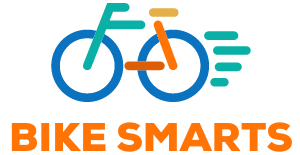
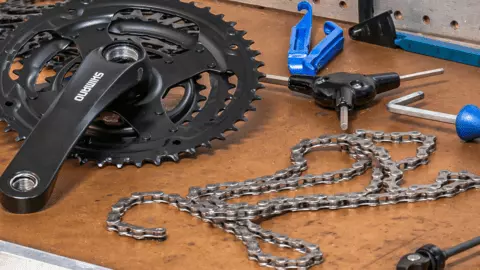
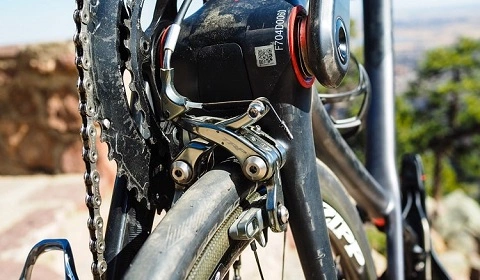
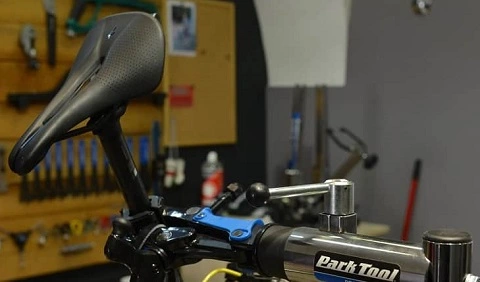
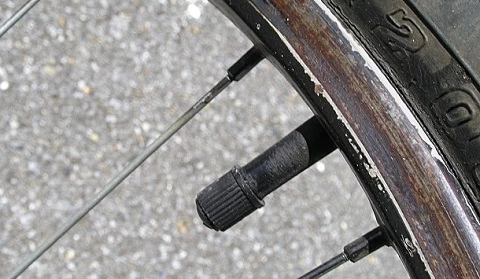

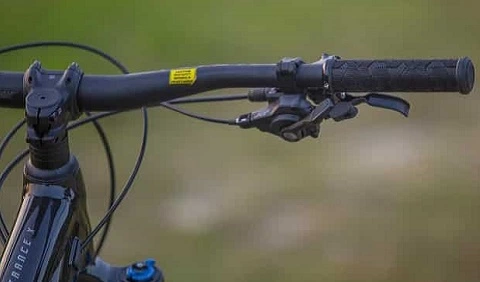
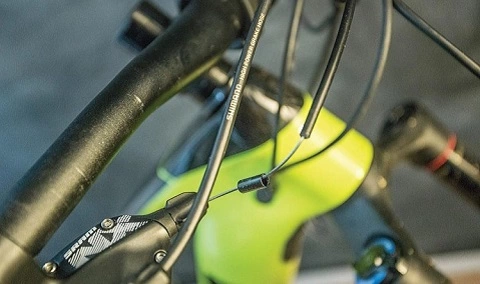
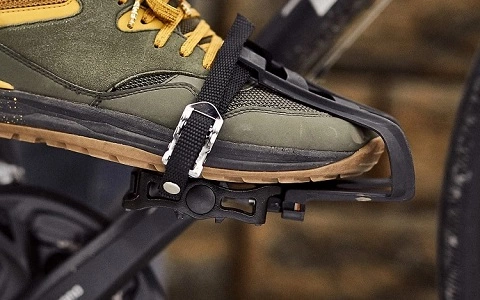
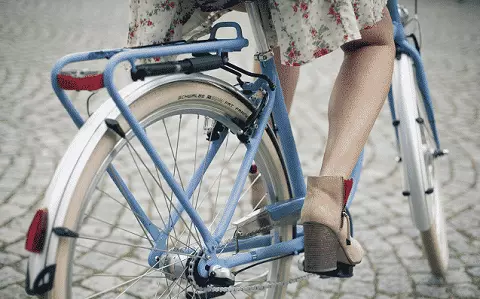
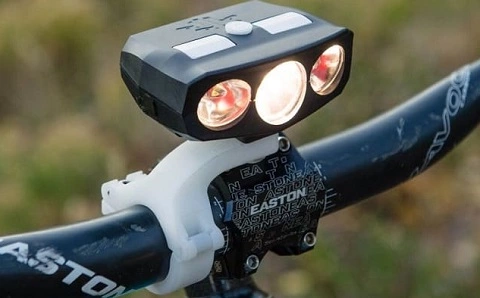
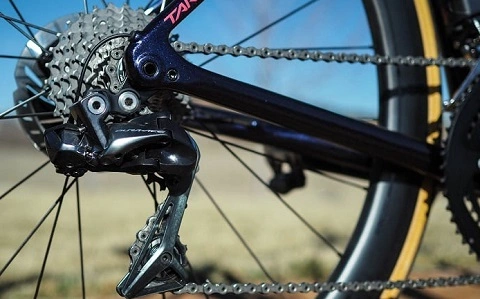
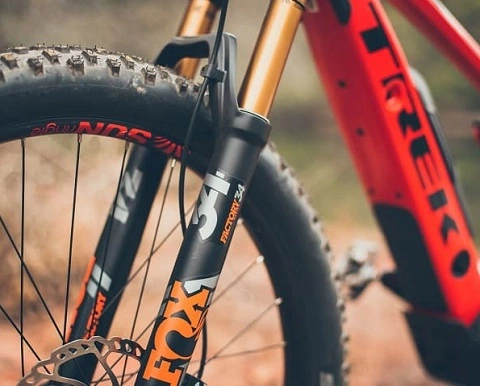
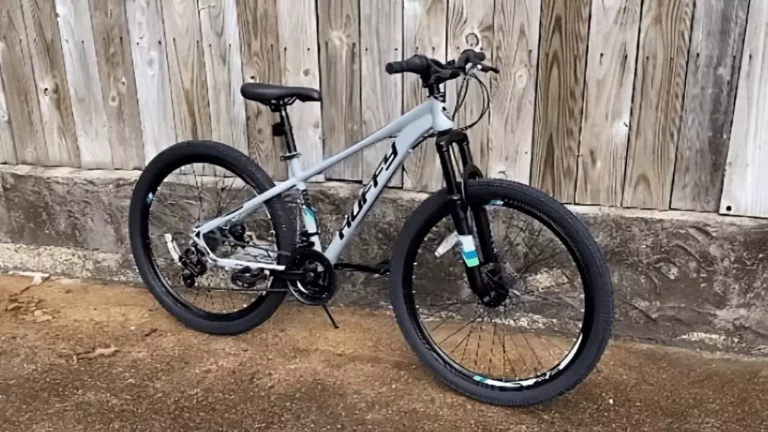
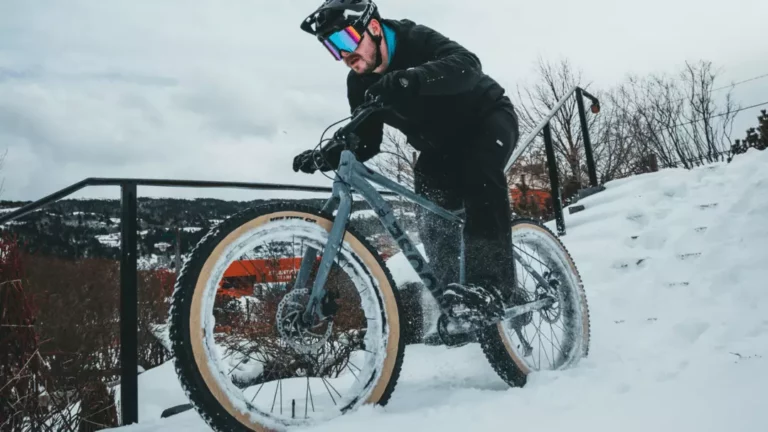
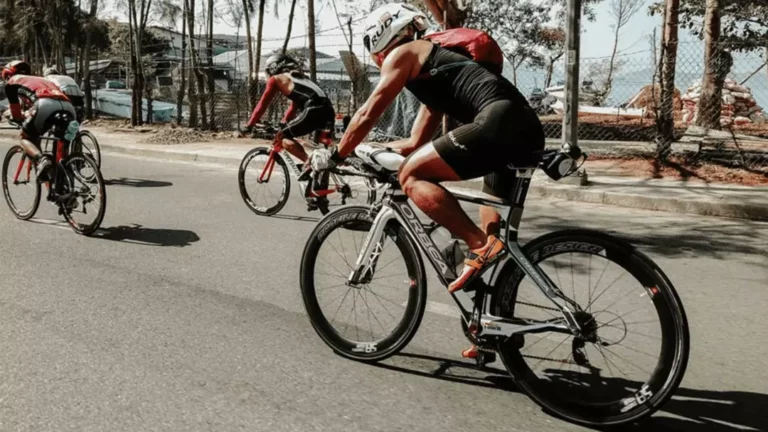
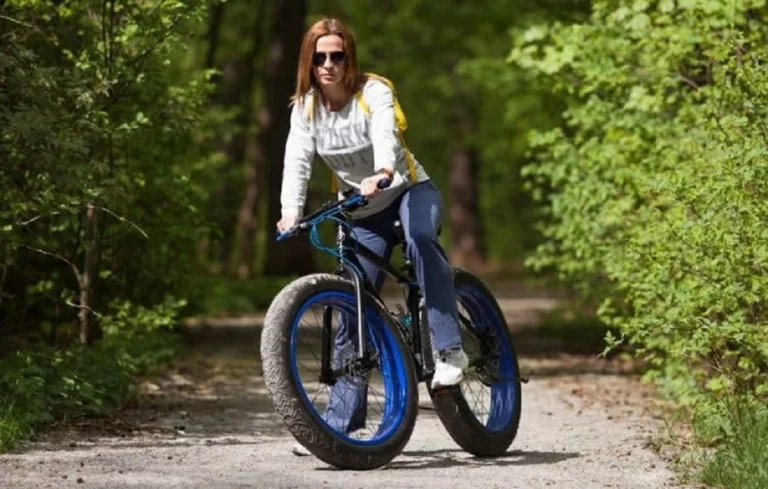
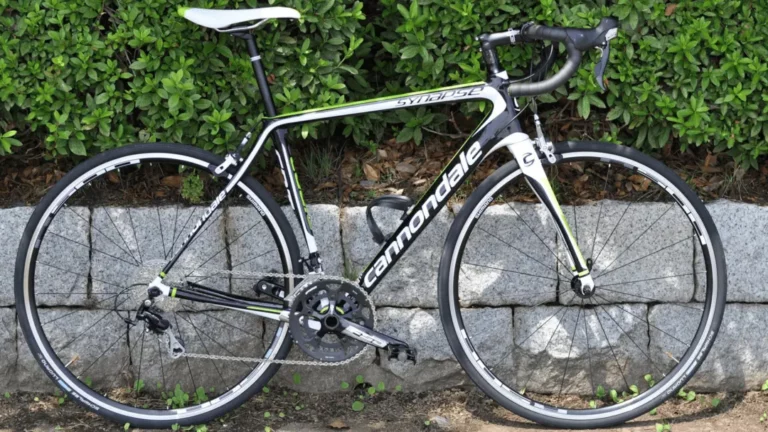
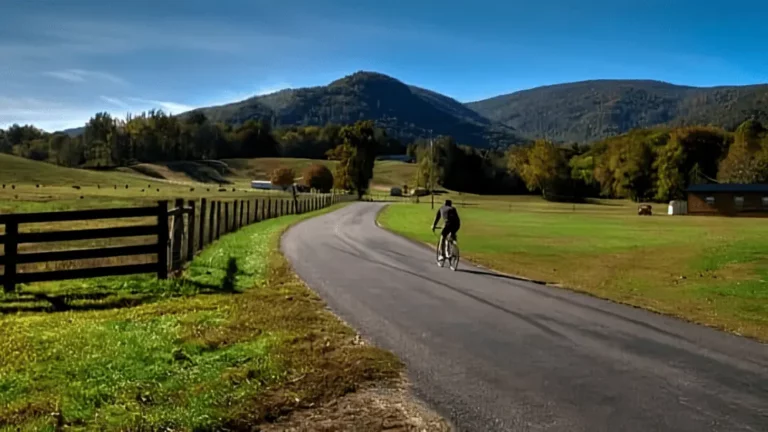
Will, excellent article on bike parts. One suggestion though, if you can try to put the picture for every parts, that will make newbee to understand that better